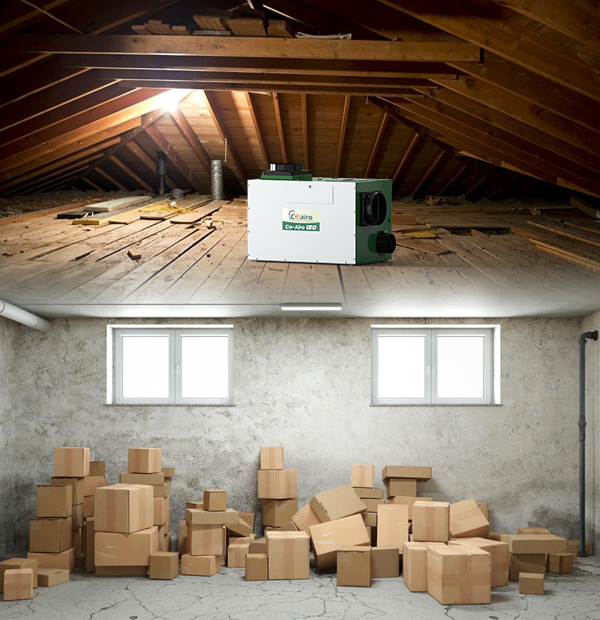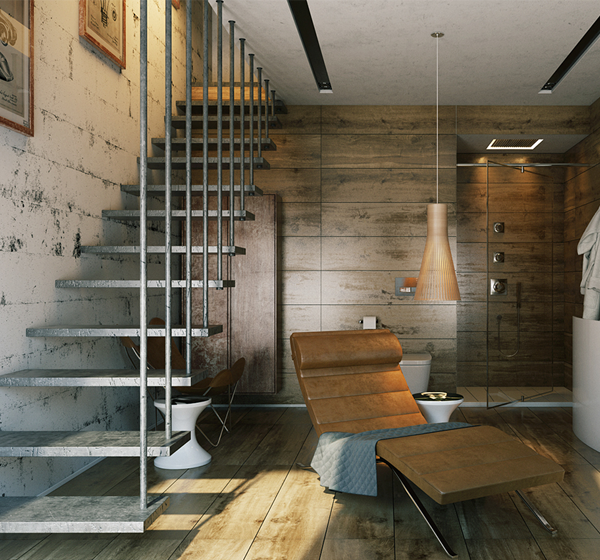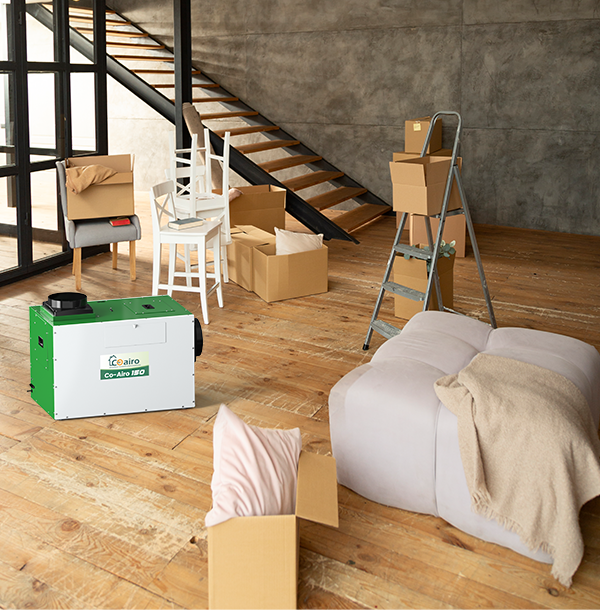
Controlling Humidity in the Basement: Whole-house Dehumidifier Solutions
In any building basements are areas most prone to extreme humidity challenges. Since the basements are located below ground level, they are vulnerable to moisture buildup. This leads to multiple problems like mildew, mold growth, potential damage to stored goods, and even structure problems.
Therefore, controlling humidity in basements is the key to preventing potential health issues and property damage. Solutions such as whole-house dehumidifiers come in handy to deal with extreme humidity conditions.
Let’s find out in detail the sources of basement moisture, potential hazards, and effects of this moisture, and how to control basement humidity using whole-house dehumidifiers.
Sources of Basement Moisture
Since basements are located underground, they face more humidity challenges than any other parts of your home or building. Different sources contribute to basement moisture.
1.Groundwater Seepage
Groundwater enters your basement through cracks in the foundation, unsealed porous walled or poorly sealed windows and doors. Heavy rainfalls and flooding accelerate this groundwater seepage. This is why your basement feels more damp in rainy seasons.
2.External Damp Air
Damp external air can also enter your basement through poorly sealed windows and doors or cracks in your building. So, this also increases your indoor moisture levels, particularly during humid weather.
3.Plumbing Leakage
Plumbing leaks are another major source of basement moisture. Leakage in plumbing systems such as water heaters introduces a significant amount of humidity in your indoor air.
4.Condensation
Temperature fluctuations cause condensation. So, condensation forms when warm air comes into contact with cool basement surfaces. This is a common phenomenon in unfinished basements where drastic temperature change is a common experien


Potential Hazards and Effects of This Moisture
Damp air in basements leads to a wide range of hazards and negative effects on air quality, expensive goods, and building structures. These include…
1.Mildew and Mold Buildup
Mold thrives in damp environments. So, basements are ideal breeding grounds for mildew and mold. These fungi cause health issues, weaken your foundation, and make you feel uncomfortable.
2.Structure Damage
High humidity weakens wood beams, drywall, concrete, and other building materials. These lead to major cracks in walls, floors, and foundations over time. This potentially results in costly repairs.
3.Damage to Goods
Usually, basements serve as storage space. Often, valuable goods such as electronic items, furniture, artifacts, and documents. Excessive moisture causes wood to swell, paper to warp, and electronics to rust.
4.Increase Energy Costs
Extremely conditions in basements make your central heating and cooling system inefficient as the air becomes harder to condition. This forces your HVAC to work harder. So, it needs to consume more power to handle the extra load
How to Control Basement Humidity with a Whole-House Dehumidifier
A whole-house dehumidifier is a highly effective tool to solve challenging humidity problems. Due to its scalability, this device effectively manages humidity not only in your basement but also in your entire home.
Here is how you can effectively control basement humidity using a whole-house dehumidifier:

1. Choose a Whole-House Dehumidifier for the Basement
The first thing is to choose a high-quality whole house unit that best suits your basement. It should be powerful enough to handle the size and indoor conditions of your space.
When choosing one, consider these factors…
1.Dehumidifier Capacity
The dehumidifying capacity of a dehumidifier is measured in PPD (pints of moisture removed per day). For basements, you’ll need a unit with high capacity. Usually, a dehumidifier with a capacity of 70 to 120 PPD is perfect for basements.
2.Drainage System
Due to high humidity, you need to frequently empty the water reservoir. To avoid this, you need to choose a dehumidifier with a built-in pump or continuous drainage.
3.Energy Efficiency
Heavy-duty dehumidifiers conumpe more energy than standard portable dehumidifiers. So, you need to look for energy-efficient models. Typically, Energy Star-rated units are a better option
2.Determine Where to Place the Dehumidifier
For maximum efficiency, you need to place the dehumidifier in the right place. Try to place your unit in the basement center, preferably near the source of the moisture. This way, your unit draws in damp air effectively.
Often, moisture tends to accumulate in low areas along walls. So, position your unit in a way that it can easily trap high humidity from these points. In certain settings, you get better results when mount your unit on the walls.
Also, make sure that there are no obstacles around your dehumidifiers. Don’t place large things near the unit as this obstructs the airflow and reduces its performance.
3.Set The Ideal Humidity Value
It’s important to set the ideal humidity value to maintain optimal indoor air quality and avoid problems such as mildew, and mold buildup. Typically, the perfect humidity level for basements and crawl spaces is between 30% and 50%. This range ensures a comfortable and healthier indoor environment.
The latest whole-house dehumidification systems feature adjustable humidity settings. So, you can adjust the setting based on your indoor conditions. Remember you should monitor your indoor humidity levels frequently, particularly during seasonal changes, and adjust when required.

What are the Advantages of a Whole-House Dehumidifier Underground?
The advantages of using whole-house dehumidifiers underground are many. These units help you maintain the required humidity levels throughout your basements. This reduces the negative effects of extreme humidty conditions. Such as mold buildup and structural damage.
Also, these devices help you preserve your expensive belongings by maintaining low humidity. When indoor humidity is controlled, valuable items such as electronic appliances, furniture, artifacts, and important documents are less likely to suffer from humidity damage. Heavy-duty portable dehumidifiers consume more energy when run continuously.
But whole-house dehumidifiers are an energy-efficient alternative to standard units for continuous operations. These units integrate into your existing HVAC systems. This optimizes the energy usage.
Conclusion
Managing humidty in basements is not only important for preserving valuable goods but also for protecting the structural integrity of your building. A whole-house dehumidifier is an effective solution to maintain consistent moisture levels, avoid mold buildup, and protect valuable possessions. So, choose the right model, place it at the right location, and set the right humidity value to keep your basement dry safe, and comfortable.